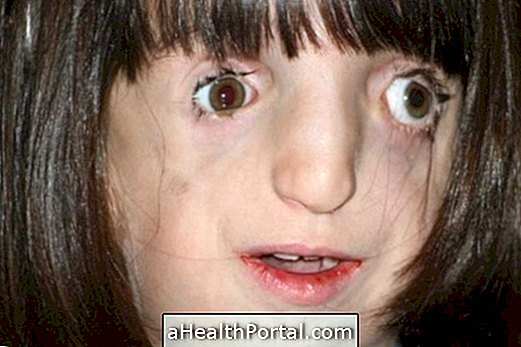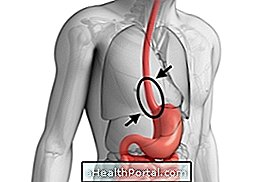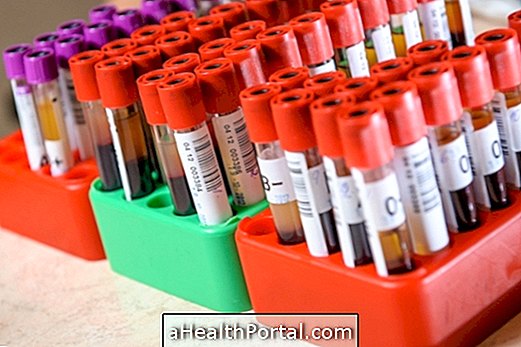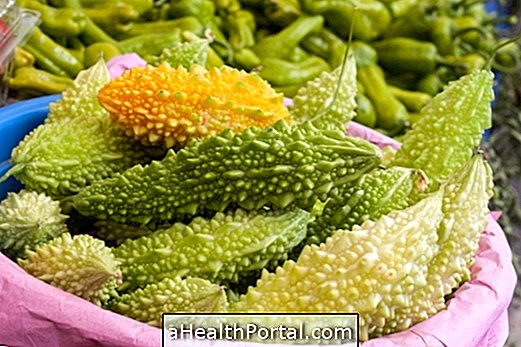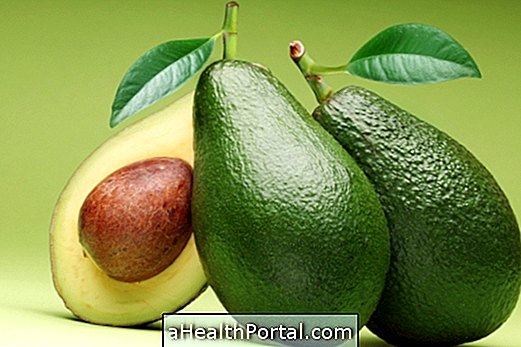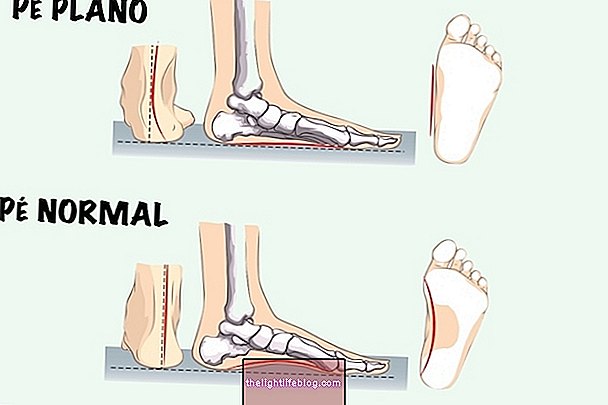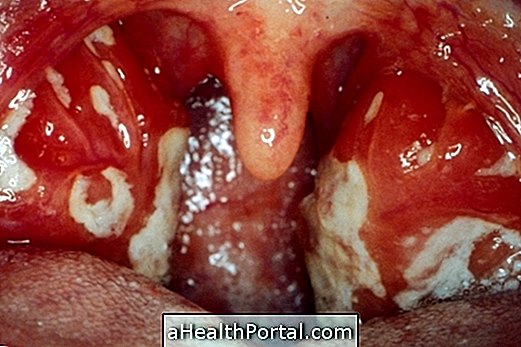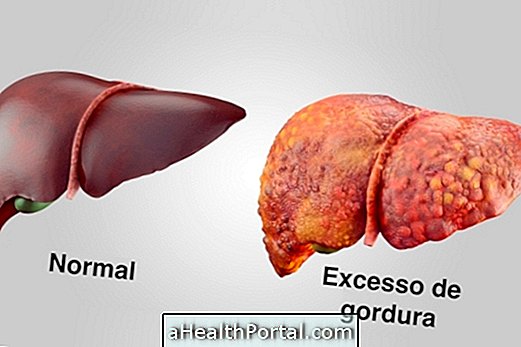The disease is Haff is a rare disease that causes intense pain in the muscles, which arises suddenly, in addition to black urine 24 hours after consumption of contaminated freshwater fish. It is believed that fish must be contaminated with some biological toxin but since the onset of this disease in the 1920s, to this day this toxin has not yet been identified.
Most of the time the disease is not so serious that it can lead to death, and most affected patients improve with a fast recovery, but sometimes when the treatment is not performed the disease can worsen and lead to more severe conditions such as multiple organ failure.
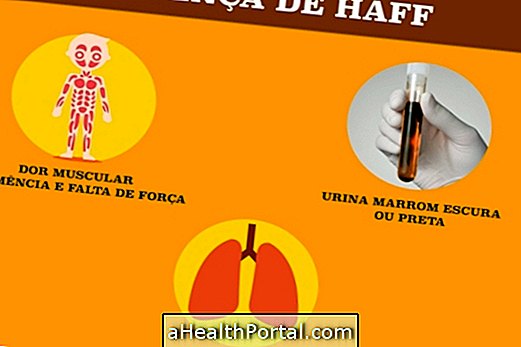
Symptoms of Haff's Disease
Symptoms of Haff's disease appear between 2 and 24 hours after consumption of well-cooked but contaminated fish or crustaceans and can be:
- Pain and stiffness in the muscles, which is very strong and arises suddenly;
- Very dark urine, brown or black as tea or coke color;
- Pain in the chest;
- Feeling of shortness of breath;
- Numbness and loss of strength that affects the whole body;
- There are usually no signs like fever, enlarged spleen, liver liver or abdominal pain.
To arrive at the diagnosis of this disease the doctor can request urine, blood tests and a computed tomography. The blood test can prove the increase in CK and other important substances to reach the conclusion that it is Haff's disease, but since this is a rare disease it is common for doctors to have other suspicions before closing the diagnosis.
In Haff's disease, it is common for CK to be 5 times higher than the expected value.
What Causes Haff's Disease
The causes of Haff's disease are not fully understood and the only clue is that all diagnosed patients ate fish or crustaceans like crayfish on the same day or the day before the onset of symptoms.
The theory most accepted by researchers is that food should be contaminated with some toxin that would be causing muscle pain, affecting the kidneys, blood clotting, liver and digestive system. The toxin does not alter the taste of the food, nor does it change its color, nor is it destroyed by the normal cooking process, so any fish or crustacean may be contaminated and the person ingesting, without knowing it.
Some seafood that was consumed by patients diagnosed with Haff's disease include Tambaqui, Pacu-Butter, Pirapitinga and Lagostin, and most cases occurred in times of epidemics of this disease.
It was initially suspected that this disease was caused by arsenic or mercury poisoning but was not proven.
How is the treatment done?
To control the symptoms it is common for the doctor to indicate painkillers and anti-inflammatories that can be ingested before starting the tests to control the pain and try to calm the patient but sometimes only opioids are effective to relieve the discomfort that the disease causes.
Usually a person needs to be admitted to the hospital for appropriate treatment, which can be done with serum in the vein, to prevent dehydration or kidney failure caused by excess muscle wastes in the blood. It is recommended to drink plenty of water to recover faster and the amount of serum to be administered in the vein can be 10 liters per day.
Diuretic remedies can also be used to produce more urine and cleanse the body faster.
The treatment time varies according to the evolution of the patient, sometimes it is necessary to use sodium bicarbonate to normalize renal function and the person is discharged when the tests are normal and there is no risk of developing serious kidney damage such as renal insufficiency.
